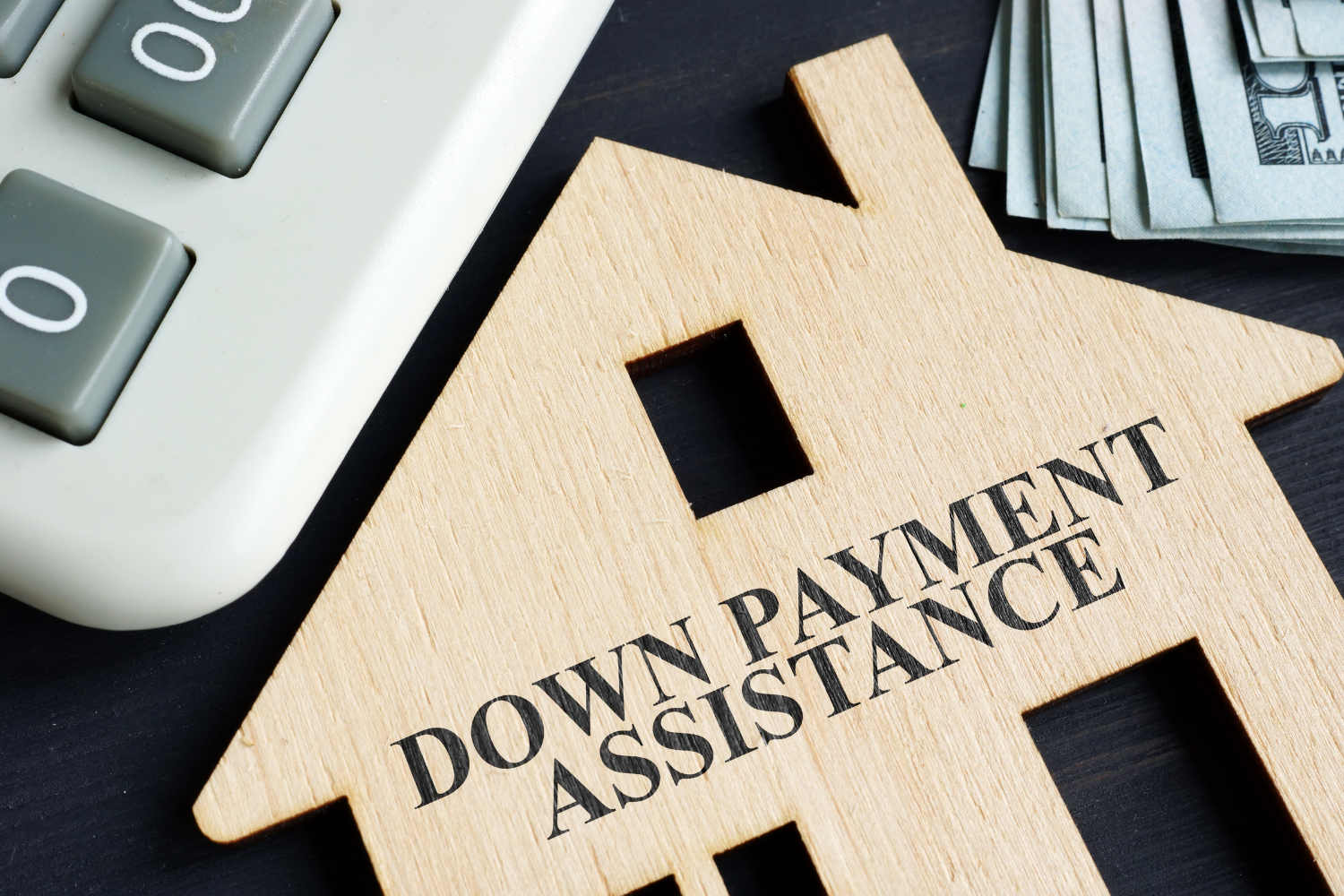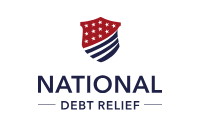Top Federal Housing Assistance Programs: A Comprehensive Guide

Housing is often one of the largest expenses for American households. Rising rents, mortgages, and economic uncertainty have led millions of families to struggle with housing affordability. Fortunately, numerous federal housing assistance programs exist to help ease the financial burden. But knowing which ones you qualify for—and how to apply—can feel complicated.
In this comprehensive guide, we’ll explore the top federal housing assistance programs available today, explaining who qualifies, how you can apply, and resources to guide you every step of the way.
1. Section 8 Housing Choice Voucher Program
The Section 8 Housing Choice Voucher Program is perhaps the most well-known form of housing assistance in the U.S. It provides rent assistance vouchers directly to eligible low-income families, elderly individuals, and disabled individuals.
How it works:
Section 8 participants receive vouchers that pay a significant portion of rent directly to private landlords. Participants pay only 30% of their adjusted monthly income, with the voucher covering the remainder.
Who qualifies:
- Low-income families and individuals
- Seniors on fixed incomes
- Persons with disabilities
To determine eligibility, contact your local Public Housing Agency (PHA).
2. Public Housing Assistance
Public Housing provides affordable rental housing units managed by local housing authorities nationwide. Units range from apartments to single-family homes, typically available at lower rents compared to the private market.
Who qualifies:
- Families or individuals whose income is below local limits
- Elderly or disabled individuals
Applications are handled through your local PHA. Be aware of waiting lists, which can be lengthy in some areas.
2. Federal Housing Administration (FHA) Loan Programs
For those looking to purchase a home, the FHA loan programs offer a viable solution. FHA loans are government-insured mortgages designed to help lower-income and first-time homebuyers achieve homeownership by providing favorable lending terms.
Benefits:
- Lower down payment requirements (often as low as 3.5%)
- Easier credit score qualifications
- Competitive interest rates
Who qualifies:
- First-time homebuyers
- Individuals with moderate-to-low income
- Those with less-than-perfect credit histories
Applications for FHA loans are submitted through approved mortgage lenders.
3. USDA Rural Housing Loans
The U.S. Department of Agriculture (USDA) offers housing assistance specifically targeting rural areas. USDA Rural Development loans provide affordable financing to qualified applicants in rural and suburban communities.
Benefits include:
- Zero down payment requirement
- Lower interest rates
- Reduced mortgage insurance costs compared to conventional loans
Who qualifies:
- Individuals and families with moderate-to-low income
- Applicants purchasing homes in USDA-approved rural or suburban areas
Eligibility and application details are available through the USDA’s eligibility tool.
3. VA Home Loans (Veterans Affairs Loans)
The VA Home Loan program helps active-duty service members, veterans, and eligible surviving spouses buy, build, or improve homes.
Benefits:
- No down payment required
- Competitive interest rates
- No private mortgage insurance (PMI)
Who qualifies:
- Veterans who meet active-duty service requirements
- Members of the military, National Guard, or Reserves
- Surviving spouses meeting specific criteria
To apply, obtain a Certificate of Eligibility from the Department of Veterans Affairs.
3. HUD Homes & Foreclosures (HUD Homes)
The HUD Homes Program provides an opportunity to purchase affordable homes acquired by HUD due to foreclosure on FHA-insured loans.
Benefits:
- Reduced home prices, often below market value
- Special financing options through FHA loans
Who qualifies:
- Any potential homebuyer can bid on a HUD home
- Special programs available for teachers, law enforcement, and emergency responders through HUD’s Good Neighbor Next Door initiative.
Visit HUD’s official website to explore available homes and bidding instructions.
6. Low Income Home Energy Assistance Program (LIHEAP)
Though primarily an energy assistance program, LIHEAP plays a crucial role in housing affordability by helping families manage heating and cooling costs.
Benefits:
- Helps pay energy bills
- Emergency assistance for utility disconnections
- Weatherization and energy efficiency improvements
Who qualifies:
- Households at or below specified income levels, generally 150% of the federal poverty guidelines
- Priority given to households with elderly members, disabled individuals, or young children
How to Qualify and Apply for Federal Housing Assistance
Navigating federal housing assistance programs involves several key steps:
- Check Income Limits: Review local income eligibility requirements on your local housing authority or federal program website.
- Locate Your Nearest PHA: Contact your local Public Housing Agency for guidance on applying for Section 8 or public housing.
- Gather Required Documentation: Prepare documents such as income statements, social security numbers, rental histories, and identification for all household members.
- Complete Applications Accurately: Mistakes on applications can cause delays. Take your time to fill out forms carefully and provide all requested documentation.
- Monitor Waiting Lists: Many programs have waiting lists. Regularly checking your status can ensure you don’t miss your turn.
Leveraging Additional Resources: Medicare and Healthcare Coverage
Beyond housing assistance, managing healthcare expenses is equally critical. Programs like the Medicare Health Plan offer valuable opportunities to reduce healthcare costs, freeing up more financial resources for housing. Exploring such programs is essential, particularly for seniors or those with medical conditions requiring substantial healthcare support.
Secure Your Housing Stability
Federal housing assistance programs offer crucial support to millions of Americans every year, helping families maintain stable, affordable housing. By understanding eligibility requirements and accessing available resources, you can significantly ease the financial burden of housing costs. Whether through Section 8, FHA loans, VA benefits, or energy assistance programs, taking advantage of these options ensures housing security, financial stability, and peace of mind.
If you’re exploring affordable healthcare options alongside your housing assistance, consider exploring specialized healthcare plans, such as the Medicare Health Plan, to further safeguard your family’s overall wellbeing.
Explore Our Categories

Credit Cards

Debt

Loans

Insurance

Retirement

Home Buying

Investing

Taxes
Free Yourself From Debt

National Debt Relief
✅ Reduce Your Debt – Pay Less Than You Owe!
✅ One Simple Monthly Payment – No More Juggling Bills.
✅ Get Relief From Credit Cards, Medical Bills & More
Ranked #1

